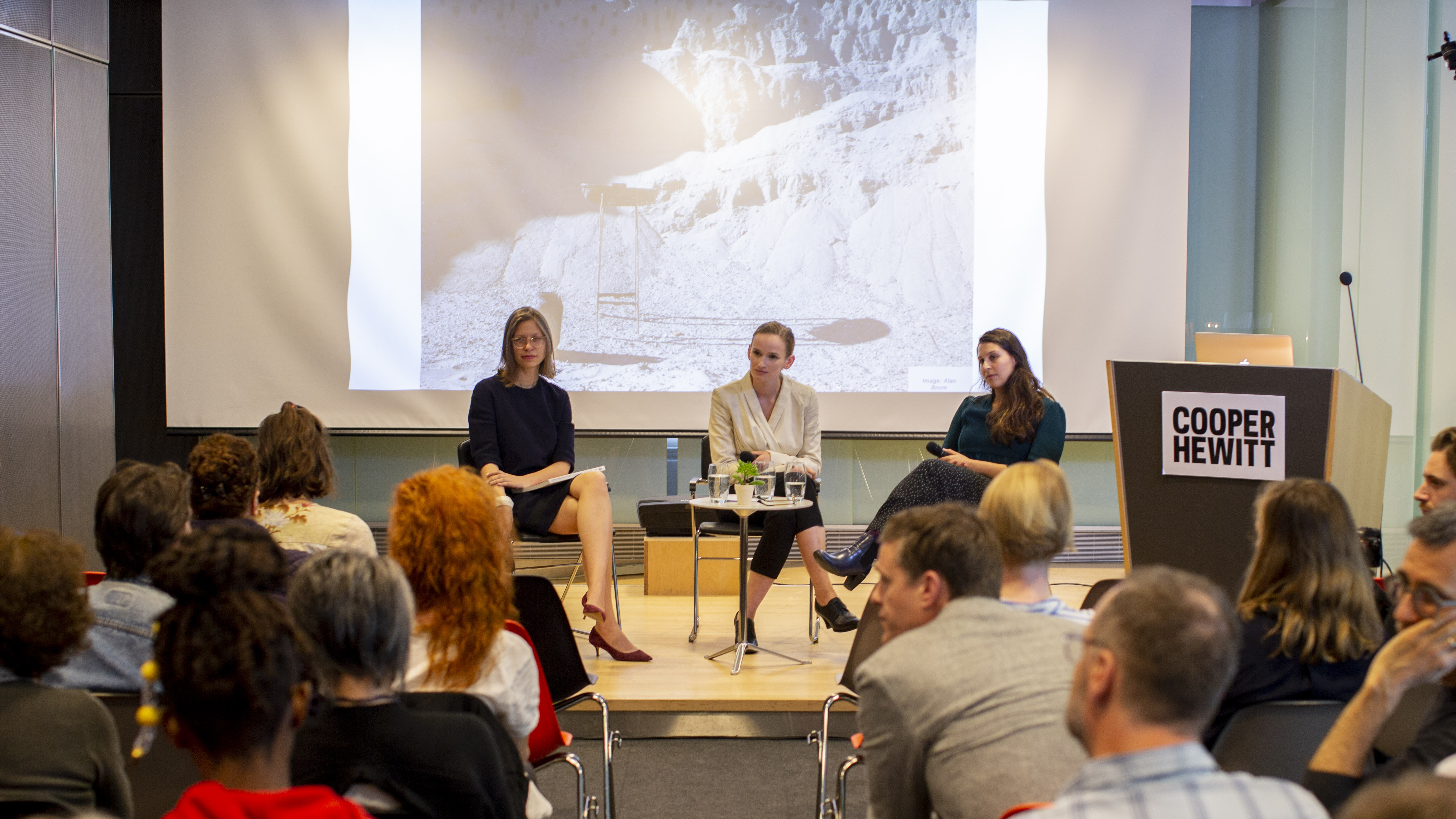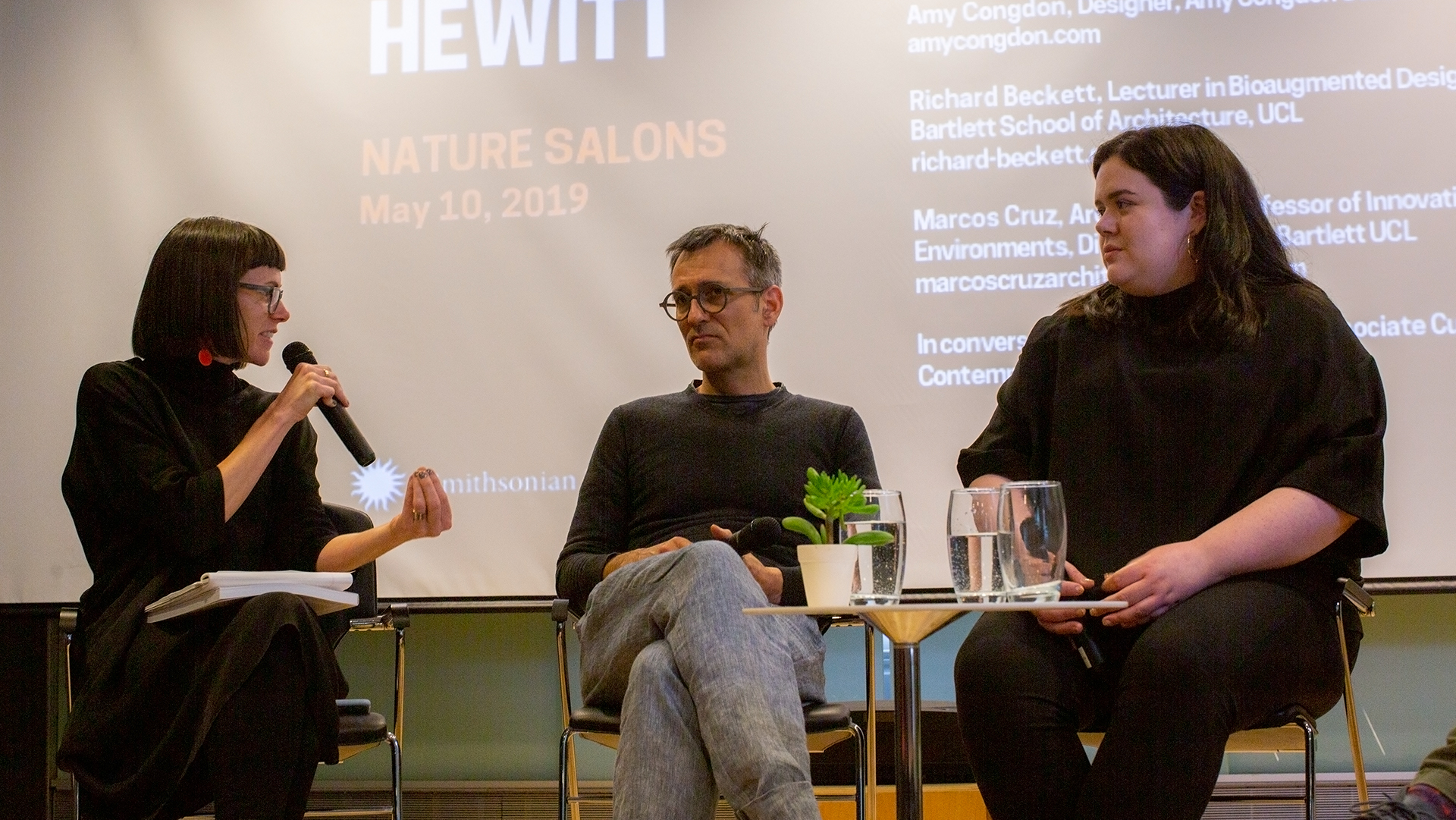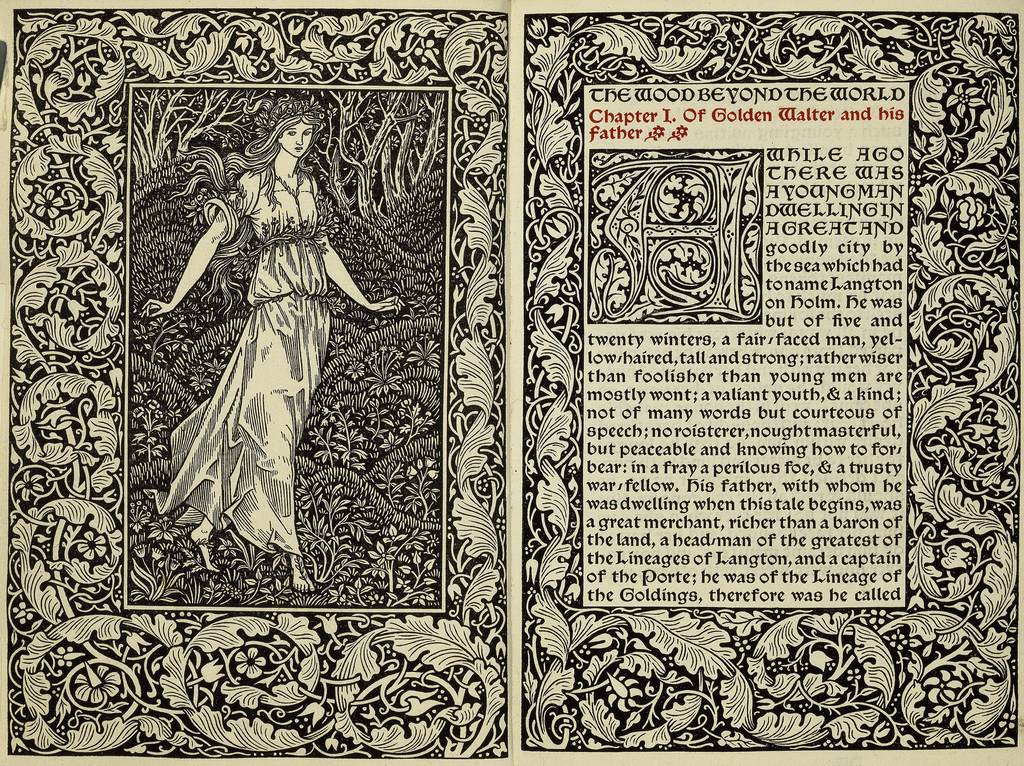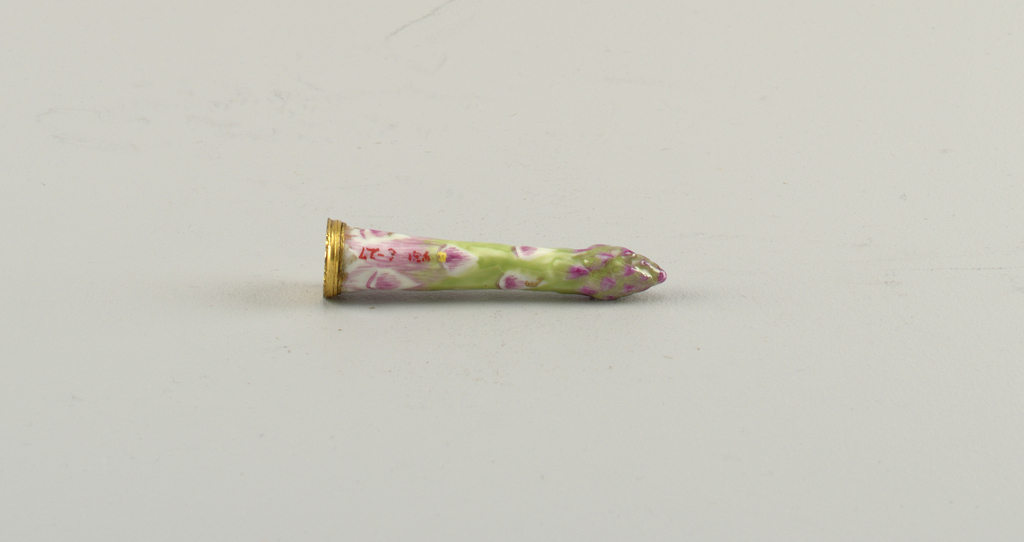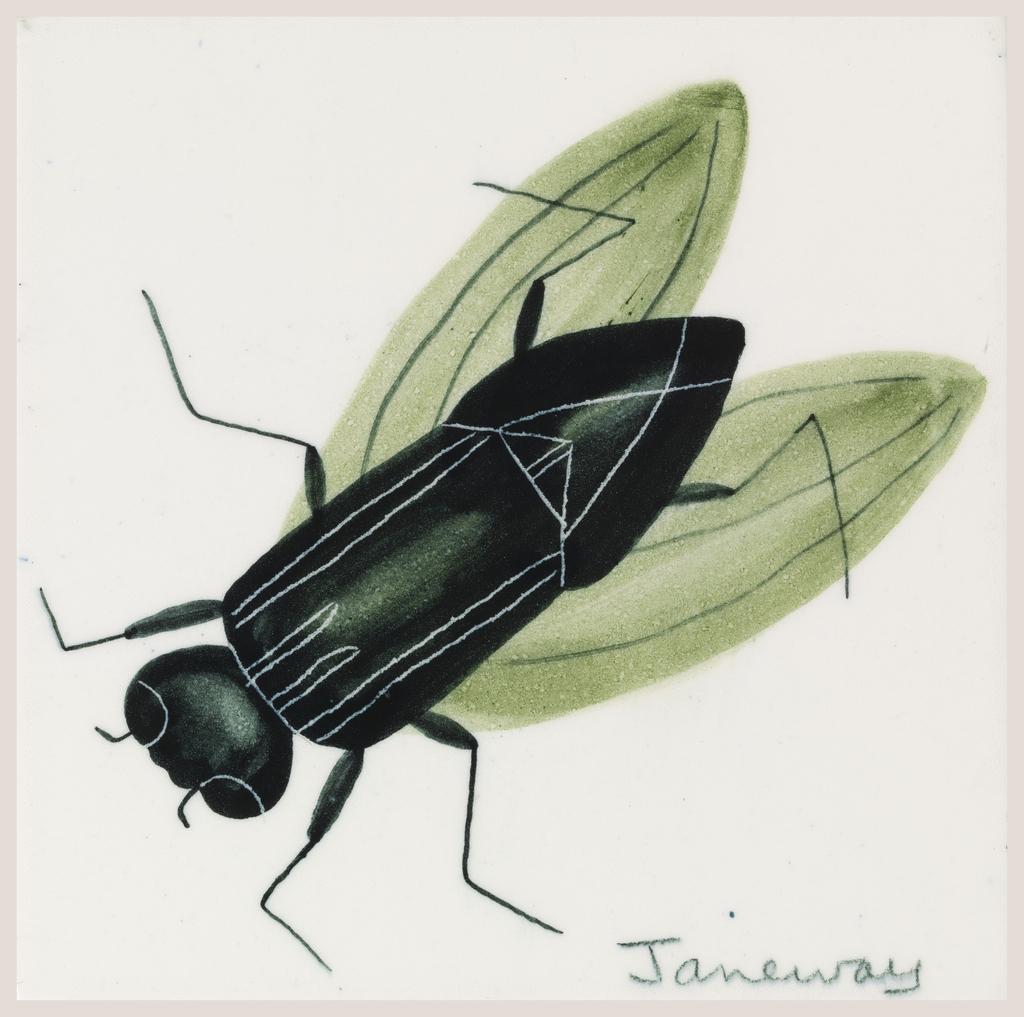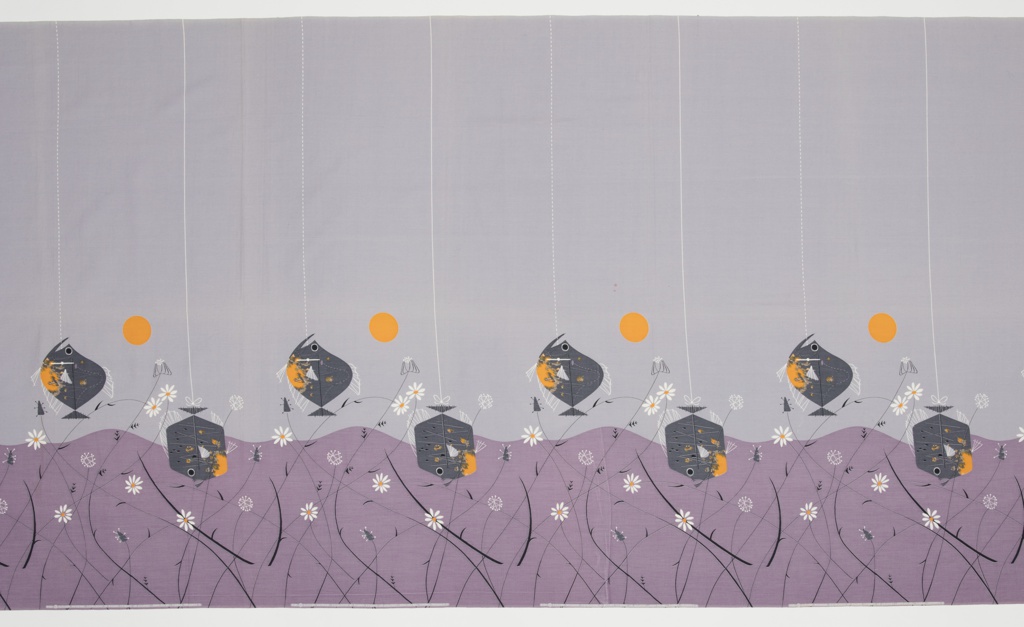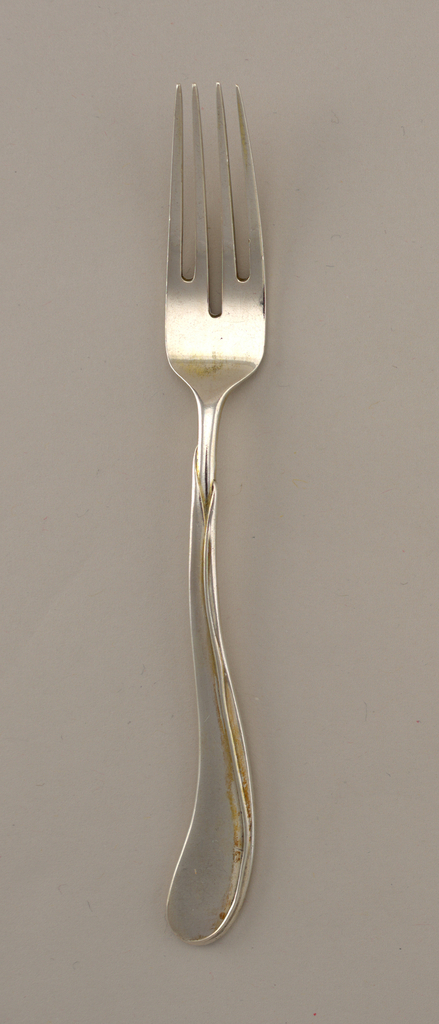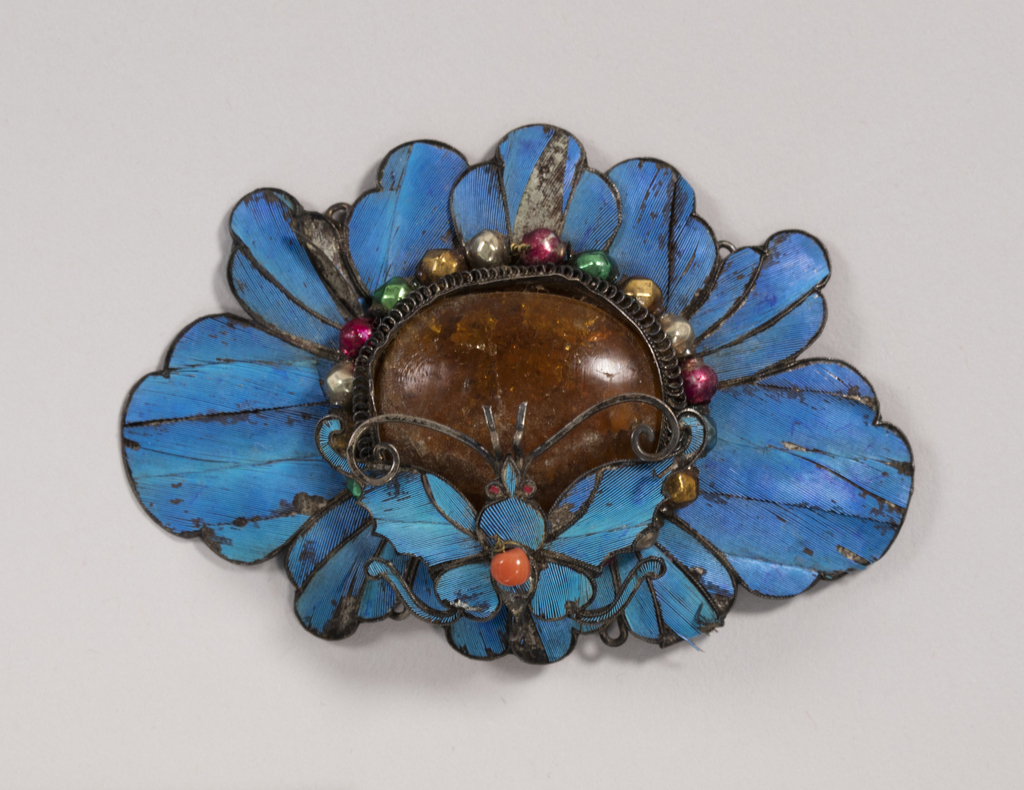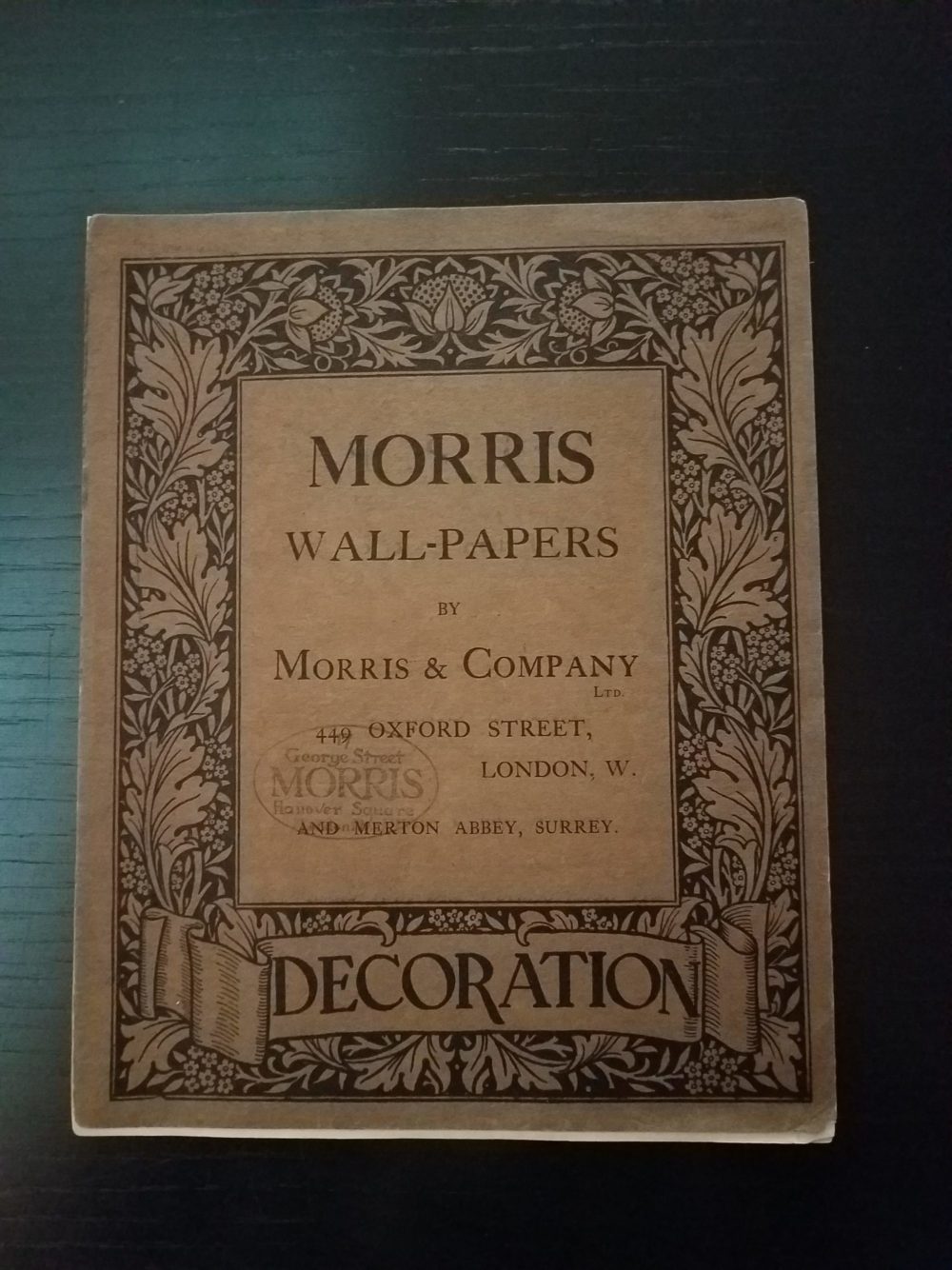Designers Shahar Livne and Charlotte McCurdy in conversation with Caitlin Condell, Associate Curator and Head of Drawings, Prints & Graphic Design. Join us for a discussion exploring the ways in which designers consider the abundance of materials available to them in the 21st century. As the boundary between ‘synthetic’ and ‘natural’ materials becomes increasingly blurry,...
Talk on What role does biological growth play in 21st-century design?
William Morris’s The Wood Beyond the World (1894) relates the adventures of Golden Walter, a man who seeks to escape his mundane life and sets out on a sea voyage, eventually gaining control of the kingdom of Stark-Wall and the love of a beautiful maiden. The book was published by the Kelmscott Press, a private...
Trompe-l’oeil ceramics such as this porcelain étui modelled after an asparagus tip were all the rage in Europe and England during the 18th century. Etuis are small ornamental personal cases that were used to carry toiletry items or sewing tools, and would have been used primarily by women. Other examples of trompe-l’oeil ceramics included tureens...
Author: Victoria Jenssen I grew up with Carol Janeway’s animal-themed tiles in my parents’ home, but only since my parents’ death at the turn of this century did I start researching Janeway’s career. My family’s amusing tiles were leftovers from my father’s career of the post-war 1940s when he crafted Janeway-designed hardwood frames for her...
Behold how black skimmers fish for their finny food. As the tide falls and the moon rises, a squadron of skimmers shimmers over the glassy cove, shallow-plowing the shallows with their razor-thin lower mandibles, scooping up minnows by the many from the mini furrows. It’s a little like seeing with a string, and you have...
This silver dessert fork from the “Tulip” pattern, was designed by Henrich Vogeler in 1898-99, and produced by the firm of M. H. Wilkens & Söhn in Bremen, Germany. Vogeler’s Tulip pattern is one of the most graceful German flatware patterns of the Jugendstil period, and this particular piece shows the pattern well. Vogeler, trained as...
Author: Morgan Albahary Made in China around 1900, this small yet striking ornament depicts a delicate butterfly alighting on the plush petals of a blossoming flower. With its profusion of iridescent kingfisher feathers, which have been deftly cut and inlaid into delineated segments of silver sheet, the ornament’s materiality firmly grounds it within the tradition...
I could wax poetic on the virtues and talents of William Morris (1834-1896), such as his renowned association with the British Arts and Crafts movement, his contribution to the revival of textiles, the way he established concepts of modern fantasy, and his socialist endeavors. Instead, let’s view this rare trade catalog published by the Morris & Company...
